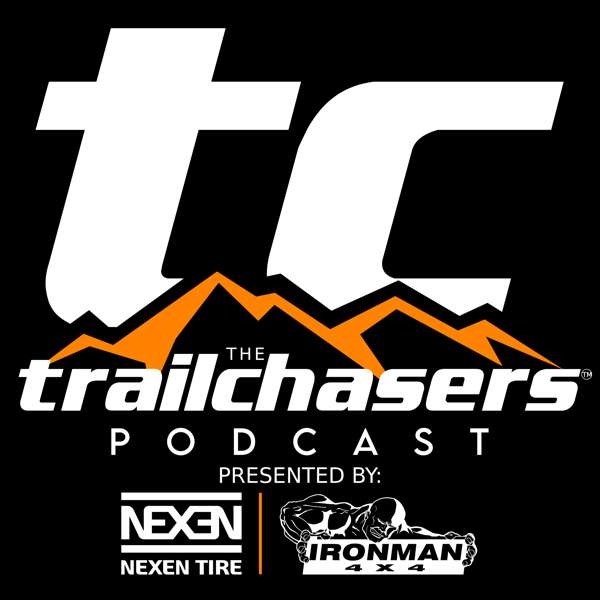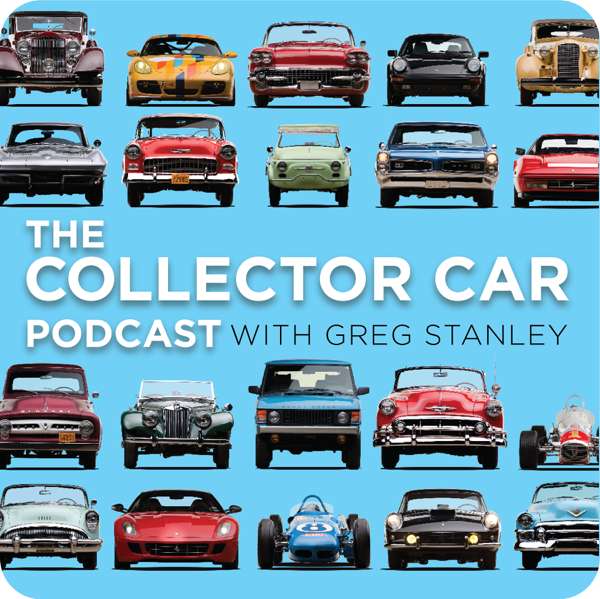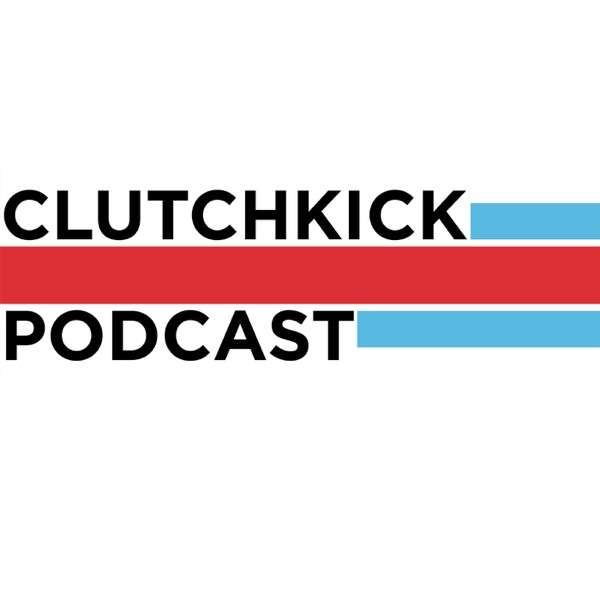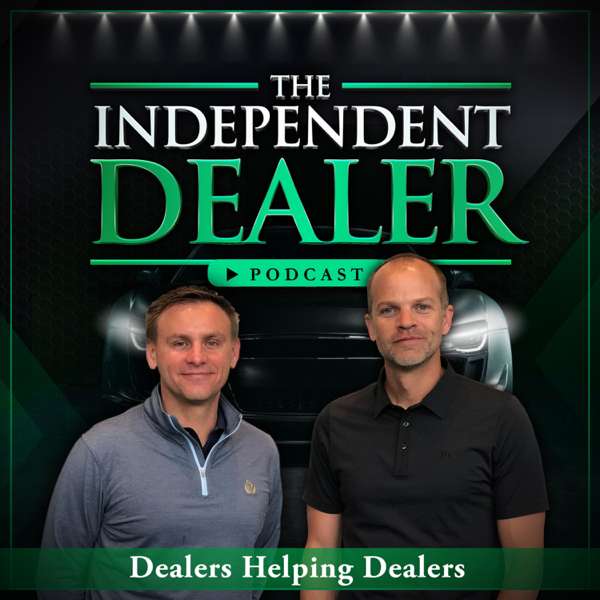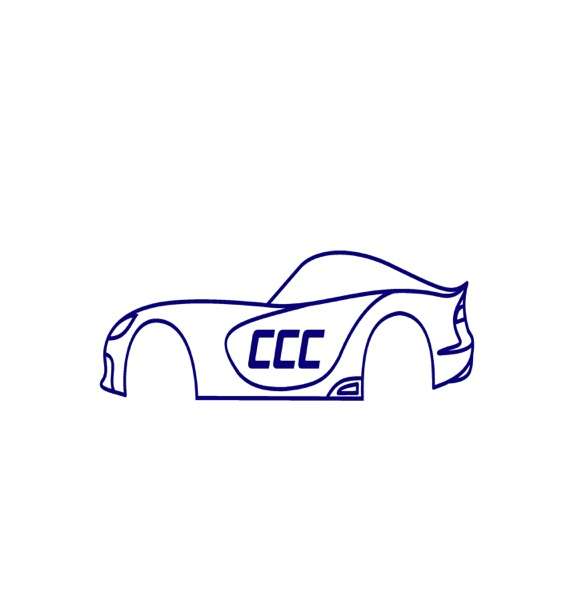We took this episode on location to the 2015 Grand National Roadster Show in Pomona, California. The GNRS is easily the biggest hot rod show in Southern California. The best of the best of the best of the hot rod world get polished up to the nines and put on display here every year. And don’t let the name fool you, there’s way more than roadsters here. You’ll find traditional hot rods, rat rods, kustoms, drag racers, gassers, bikes and even some low riders here. Plus, they have live bands, pinstripers, artists and vendors of all kind. So, yes the GNRS is so huge, that you really have to hustle if you want to see all of the cars in one day. It’s like a giant karnival of kustom kulture. And I don’t just mean for the attendees. I originally went out to the GNRS planning to interview car builders. But I found myself more interested in talking to the vendors, and here’s why. Hot rod shows are regional. But a lot of the vendors are from out of town, and they follow the hot rod show “circuit” through its entire season, like a traveling carnival. And I used to do it, too. I would haul my booth, magazine racks and print copies of Barracuda out to Billet Proof, Paso Robles and Viva Las Vegas year after year. I even made to the Hot Rod Hoedown in Philly one year and won a trophy for farthest traveled. I’d set up my tent at some ungodly hour in the morning. By sundown, it would all be loaded back in the car and you’d never know I’d been there. I had been a hot rod carny and I didn’t even know it. When I first realized I’d been a carny, it made all of my hard work seem a little less earnest. At the same time, I had to laugh at how apt the analogy was. By what’s so horrible about being a hot rod carny? You’ve got this pack of artists, pinstripers, parts dealers and clothing makers working at their booths all day, selling really weird stuff to people who really get it. And nearly every vendor I’d ever seen was a Mom and Pop-style operation, started by one or two people who had an idea to start a business. So what if you’re selling pomade or skull shifter knobs? It’s still a hands-on, do it yourself business that you’re keeping afloat. That’s awesome. And that’s why I wanted to talk to the vendors. Our first interview is with Melinda Miles. Back when Barracuda was a print magazine, Melinda was one of our Barracuda Girl pinup models. She appeared in a couple different issues and was featured on the cover of issue #23, our all-Barracuda Girl edition. Much more than being just another Betty, Melinda is real-deal car nut. She’s a member of the Hell’s Belles, an all-girl car club with chapters in Seattle, San Francisco and Los Angeles. She’s also written for Car Kulture Deluxe and Ol’ Skool Rodz. In 2005, she and her now-husband Bobby Walden opened Walden Speed Shop in Pomona, California. The shop builds hot rods and offers parts like new roof inserts and door skins, plus weekend classes in metal shaping and chassis building. I caught up with Melinda at the Walden Speed Shop booth and we talked about the challenges and rewards of starting a hot rod shop from scratch. Visit Walden Speed Shop on the internet at WaldenSpeedShop.com Kustom kulture has bred its own artists and its own aestehtic, borne out of the post-war popularity of hot rodding. Its styles started out as a way to kustomize a car’s paint job. Initially, there were pinstripes (which were actually a common adornment on horse-drawn carriages). Then came two-tone paint jobs, scallops, flames, gold-leafing, bright colors, metal flake and airbrushing. In the late ’50s and early ’60s, hot rod painters began to be recognized not just as artisans, but as bone fide artists. Inevitably, their work moved from the fender to the canvas and it’s now staked its claim as a part of the lowbrow or kustom kulture art movement. One kustom kulture artist who has his own refined and unique style is Keith Weesner. His paintings are very strong and engaging, as though their foundations were laid by a journ...

 Our TOPPODCAST Picks
Our TOPPODCAST Picks  Stay Connected
Stay Connected


